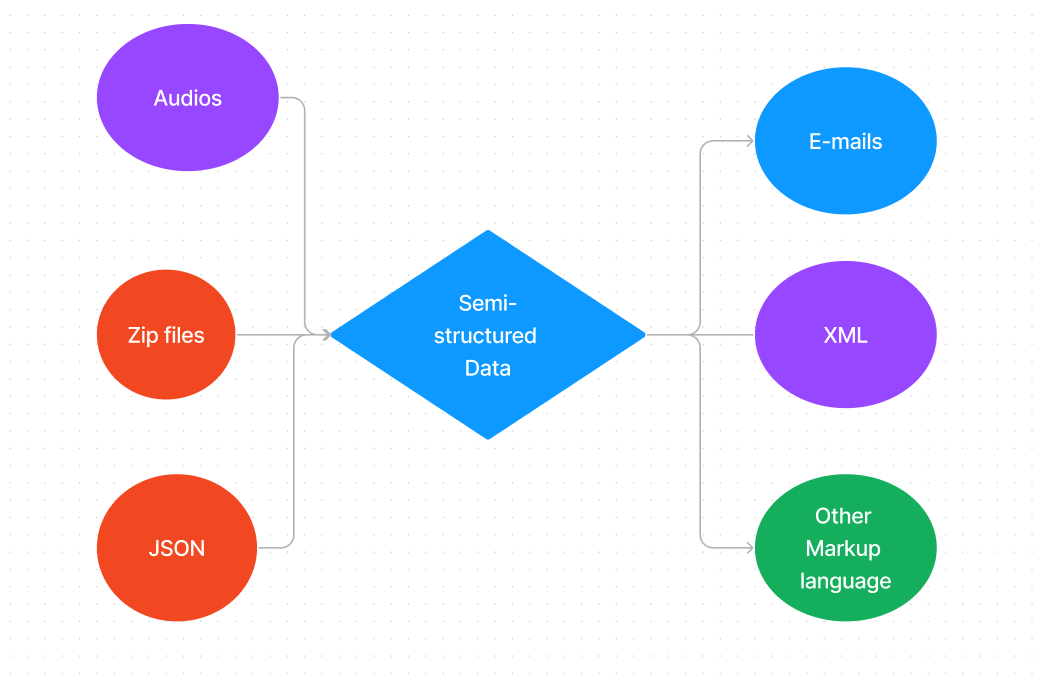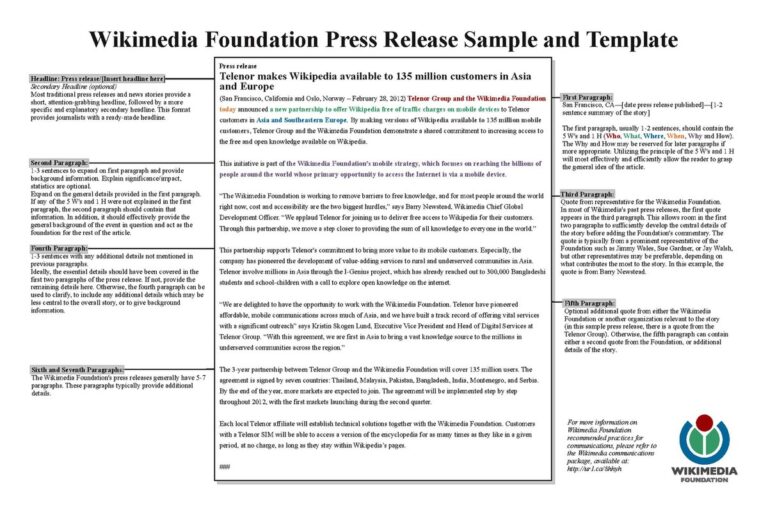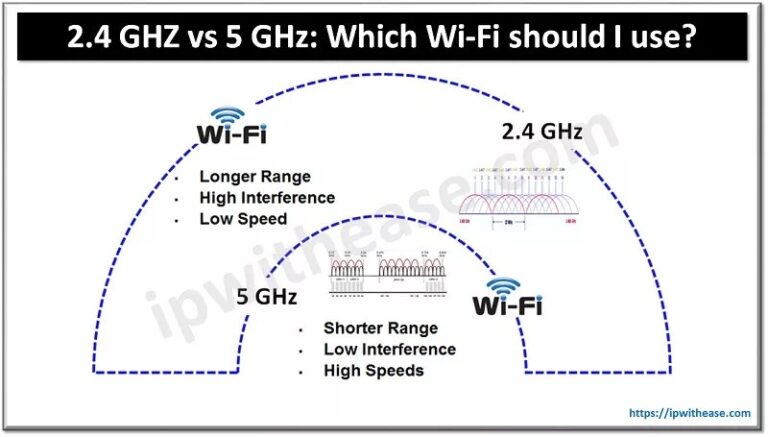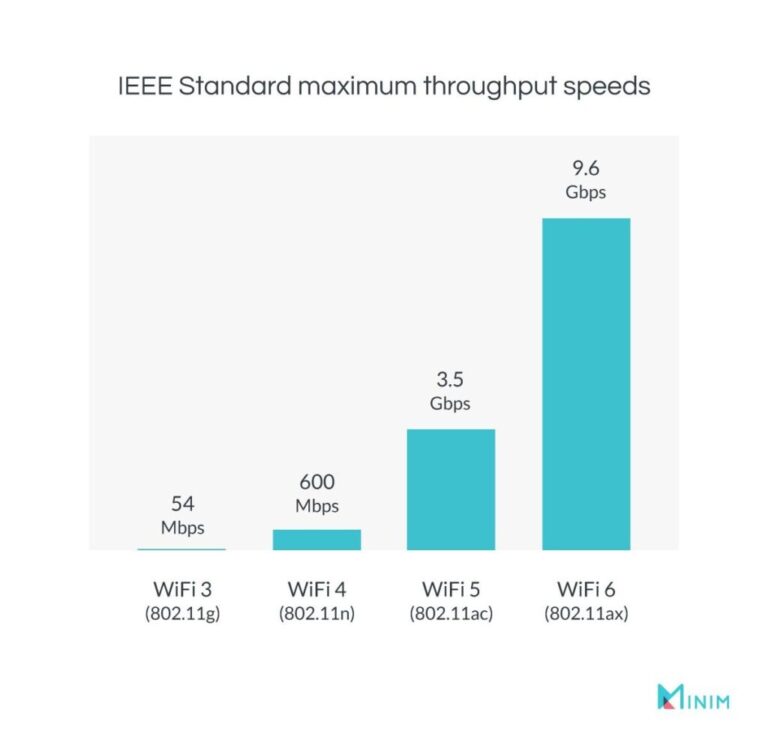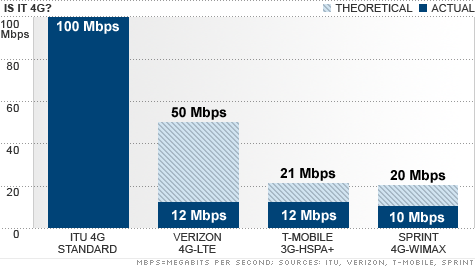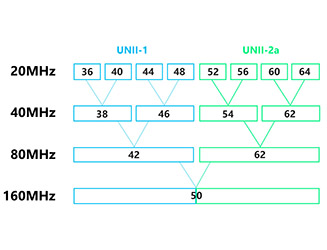What Are The 3 Types Of Big Data?
Big Data is a term used to describe the large volume of structured and unstructured data that can be gathered and analyzed to gain insights into business operations and trends. There are three main types of Big Data: structured data, unstructured data, and semi-structured data. Structured data is data that is stored in a predefined format, such as a database. Unstructured data is data that is collected in an unstructured format, such as audio, video, and text. Semi-structured data is a mix of structured and unstructured data, such as website logs. All three types of data can be used to gain insights into business activities and trends, and can be leveraged to create more efficient operations and improved customer experiences.
Definition of Big Data
Big Data is an umbrella term for the massive amount of structured and unstructured data that is generated by businesses and individuals on a daily basis. It’s used to gain insights into customer behavior, trends, and other data-driven decisions. Big Data can be used to analyze customer sentiment, predict consumer behavior, and optimize business processes. Big Data is revolutionizing the way businesses operate and can help drive better decision-making. With the right tools and strategies, companies can use Big Data to gain competitive insights and make smarter decisions.
Overview of the Three Types of Big Data
Big Data is an ever-evolving field that has become increasingly important in our digital world. It can be used to analyze massive amounts of data to uncover insights and trends that would otherwise be difficult to identify. This article will provide an overview of the three main types of Big Data: structured data, semi-structured data, and unstructured data. Structured data is data that is organized in a well-defined and easily accessible format, such as a database table or spreadsheet. Semi-structured data is data that has some structure but not as much as structured data, such as XML or JSON. Finally, unstructured data is data that does not have any structure, such as text, audio, or video. Each type of data has its own advantages and disadvantages, and understanding these can help businesses make the most of their data. With the right tools and techniques, Big Data can be a powerful asset for any organization.
Type 1: Structured Data
Structured data refers to information that is or
